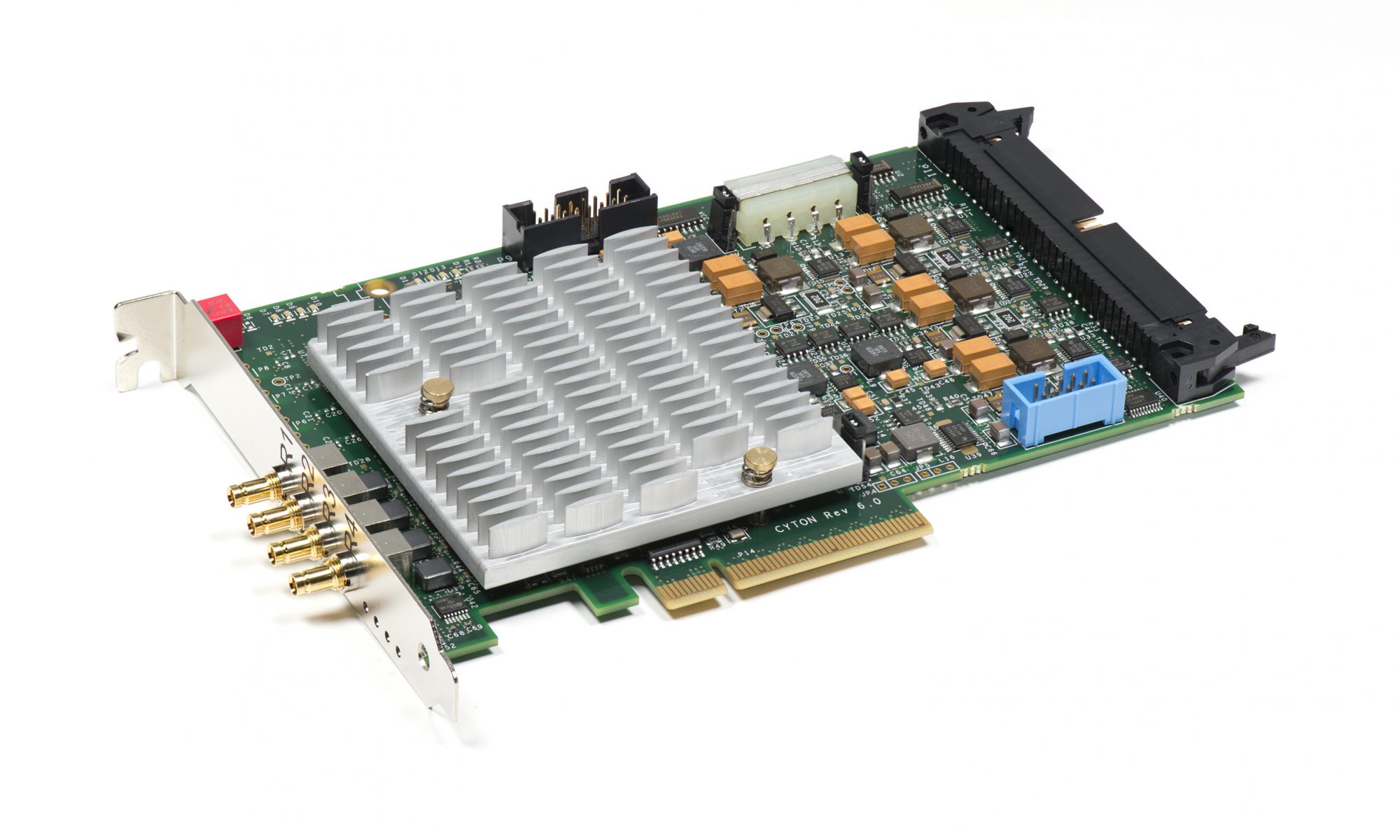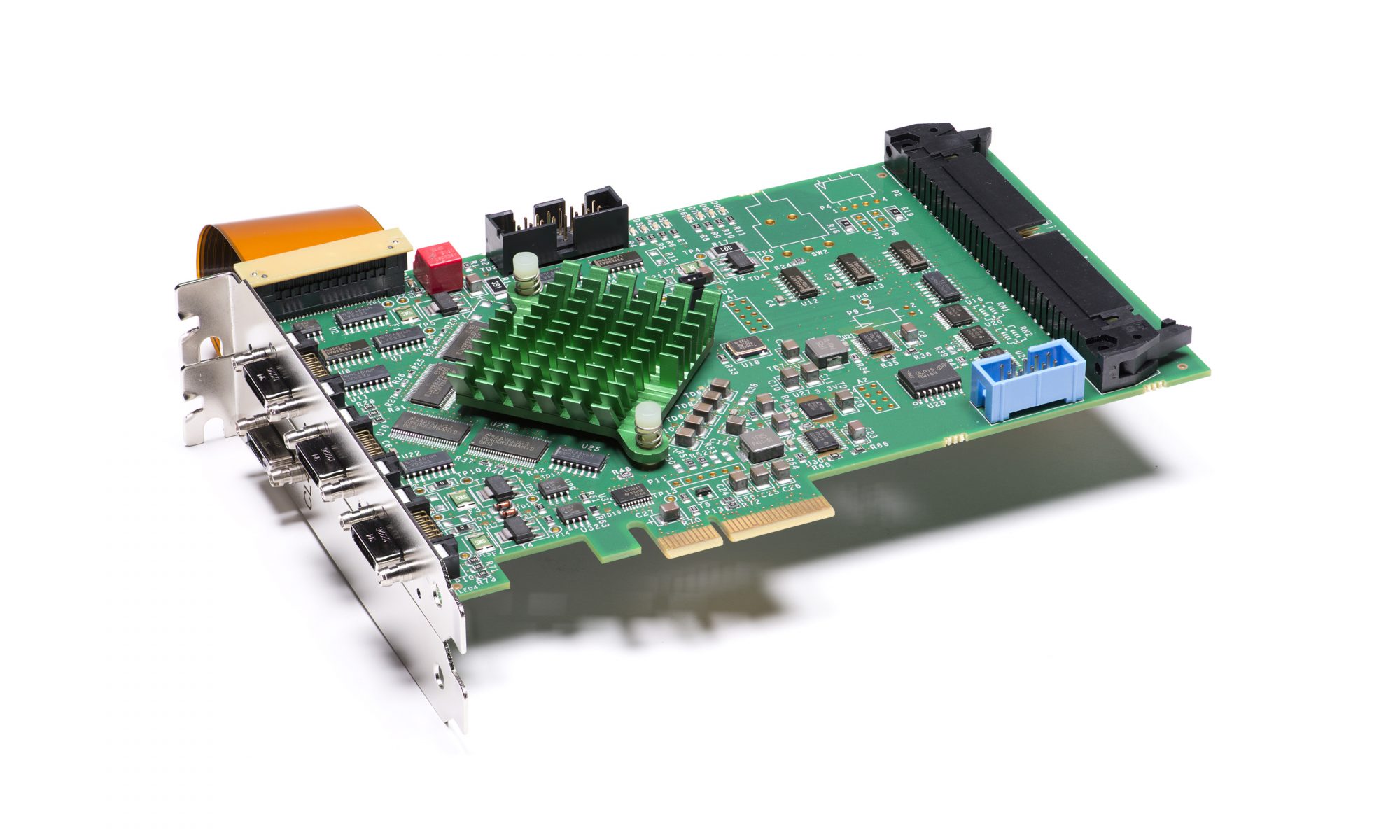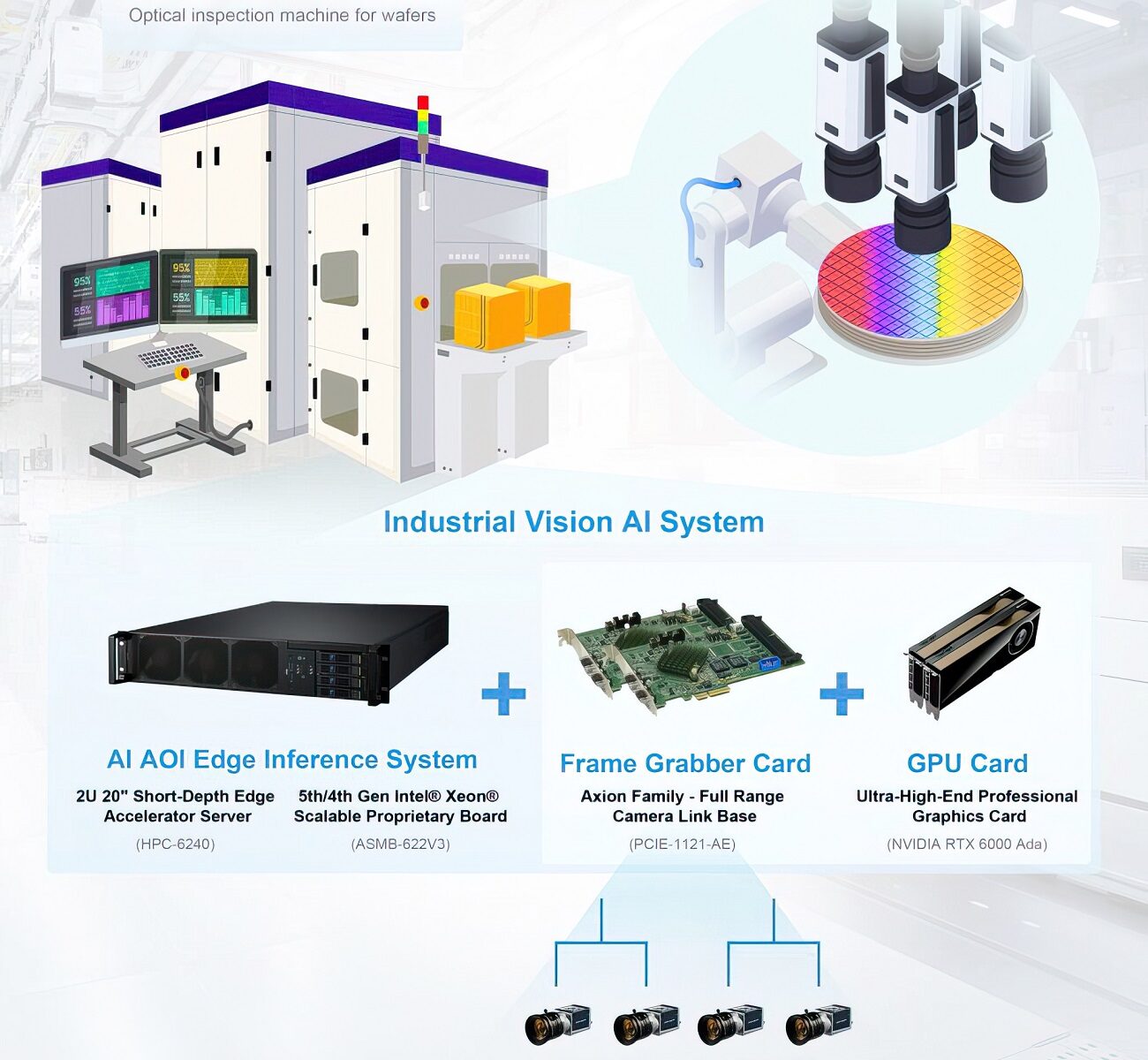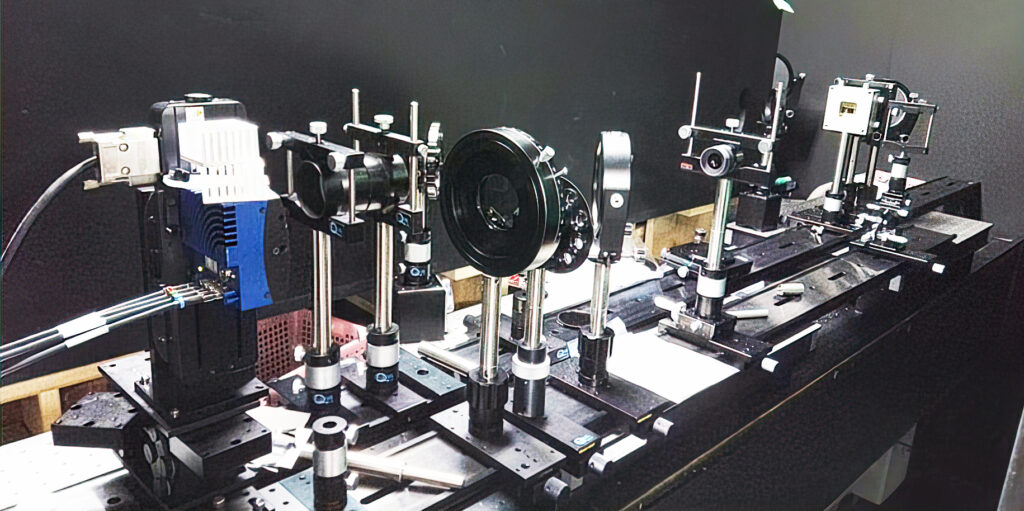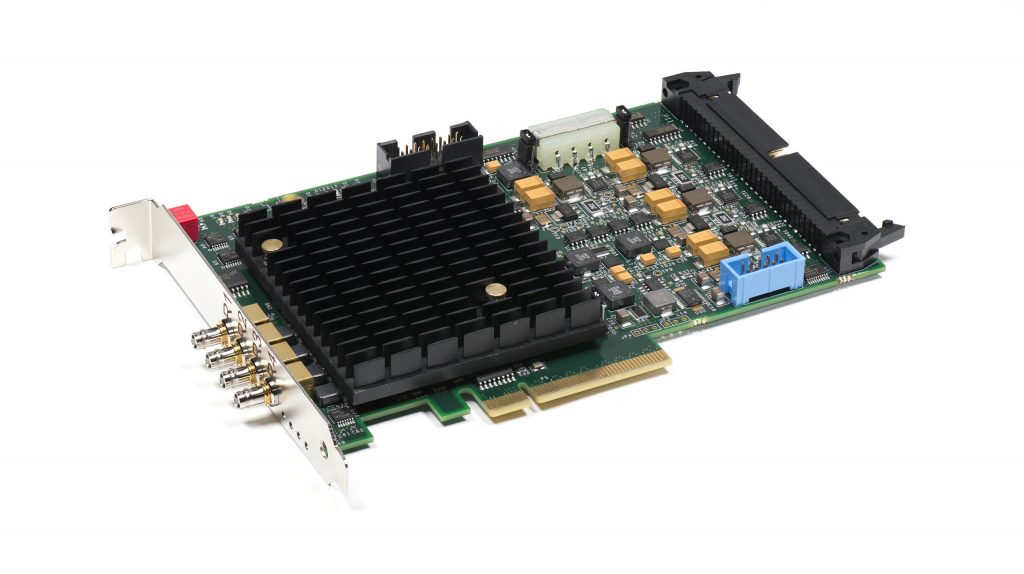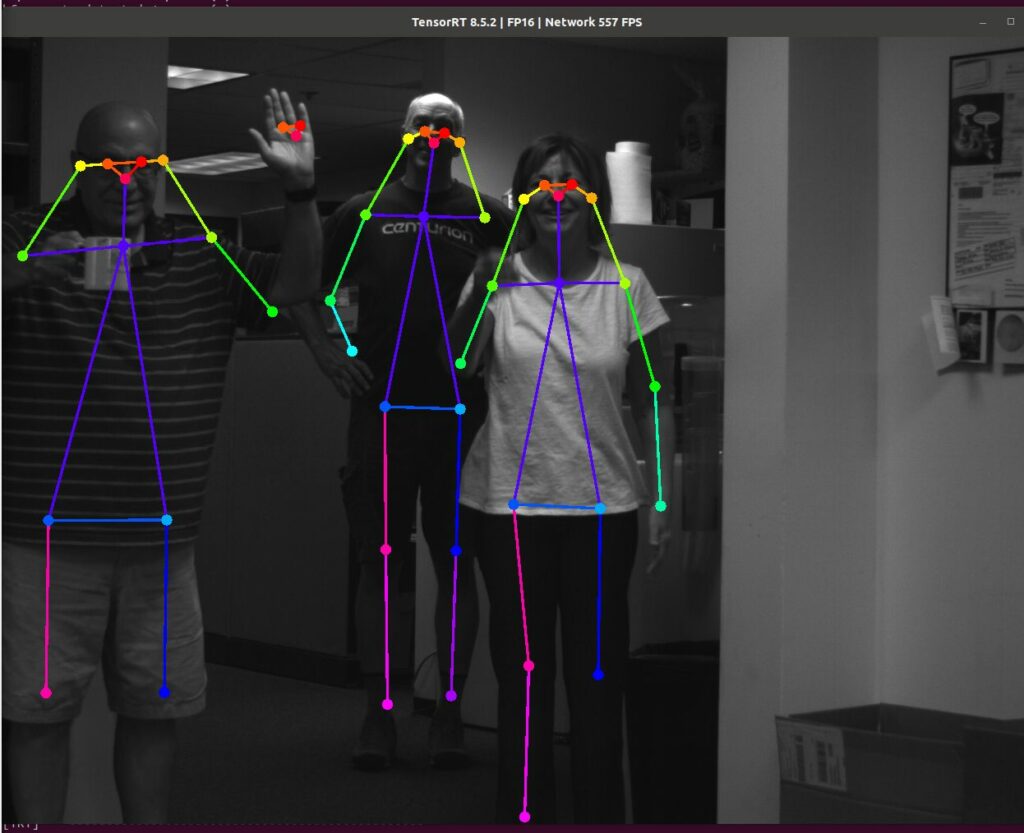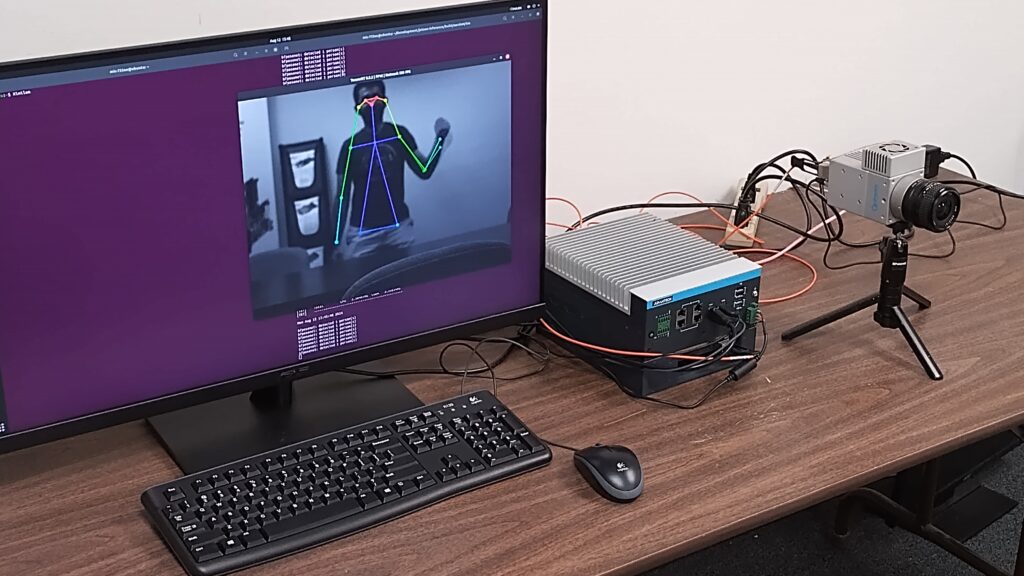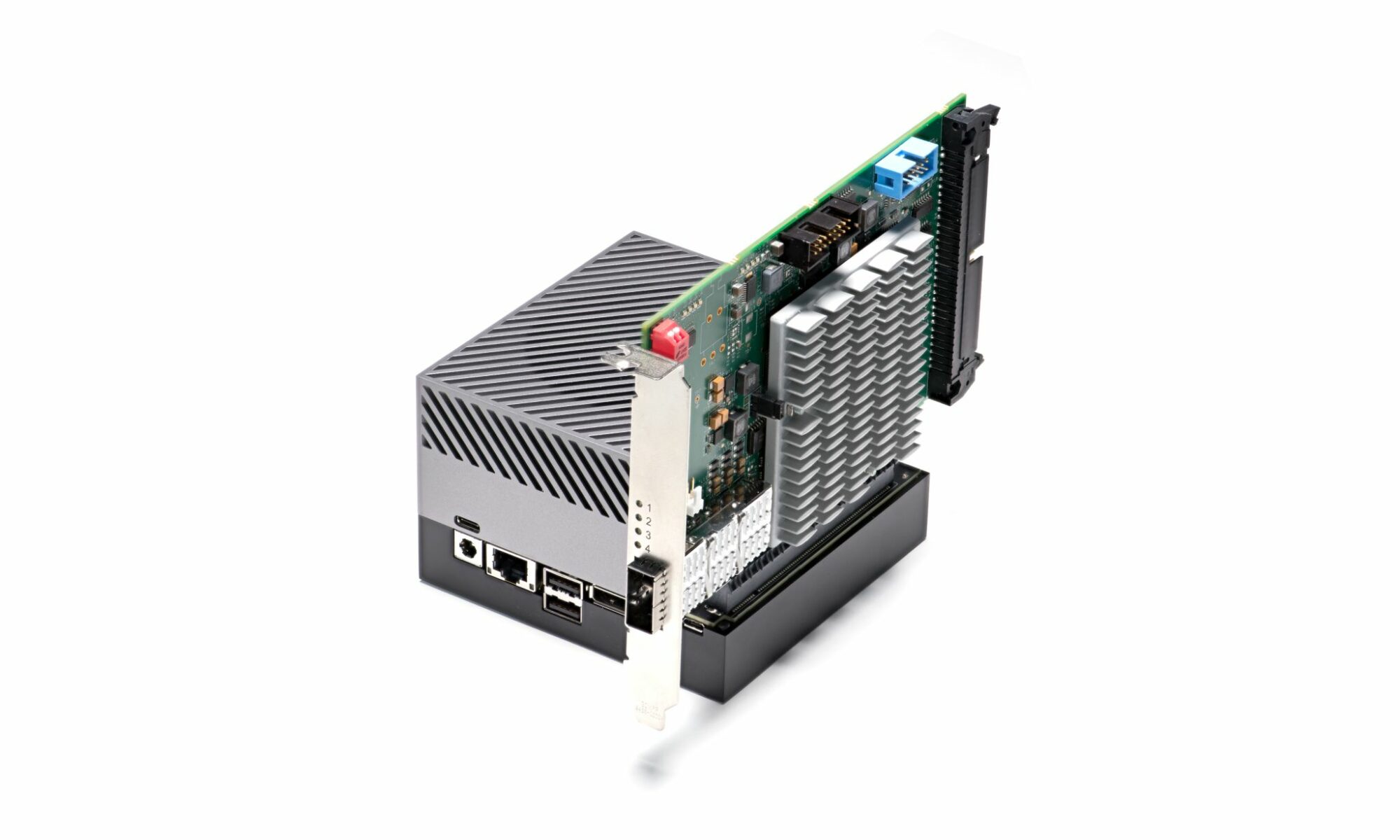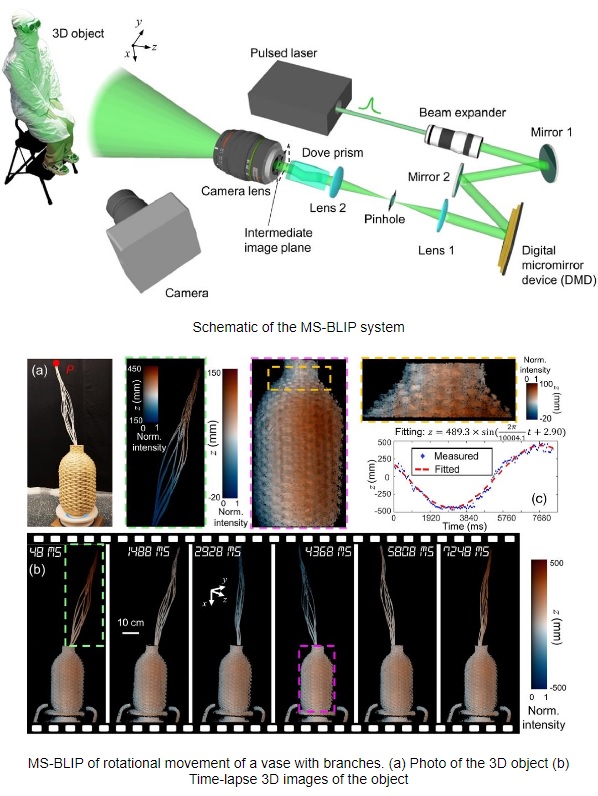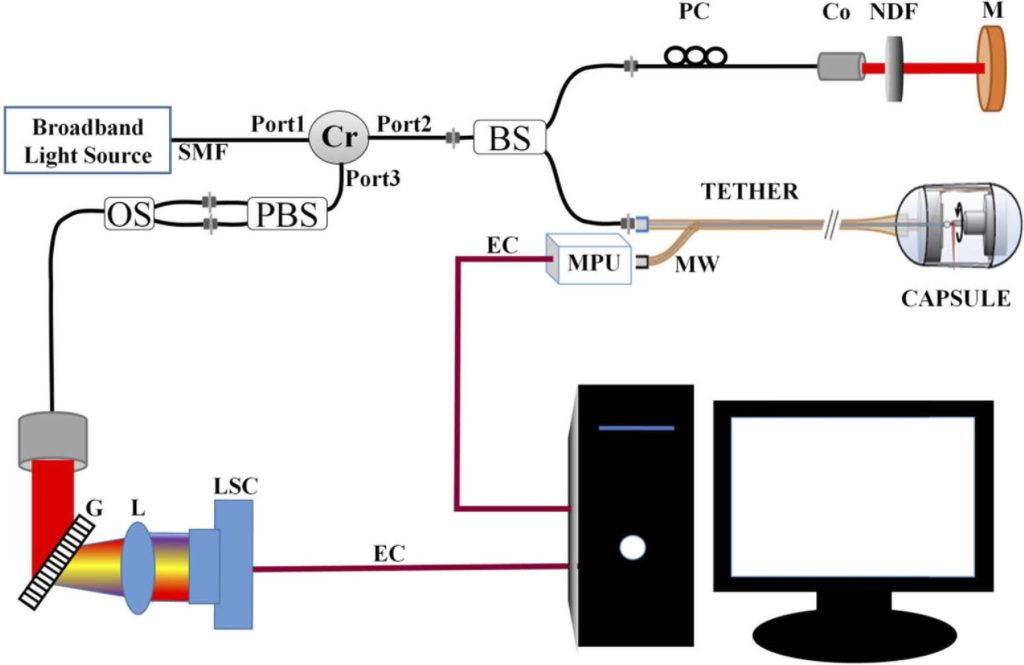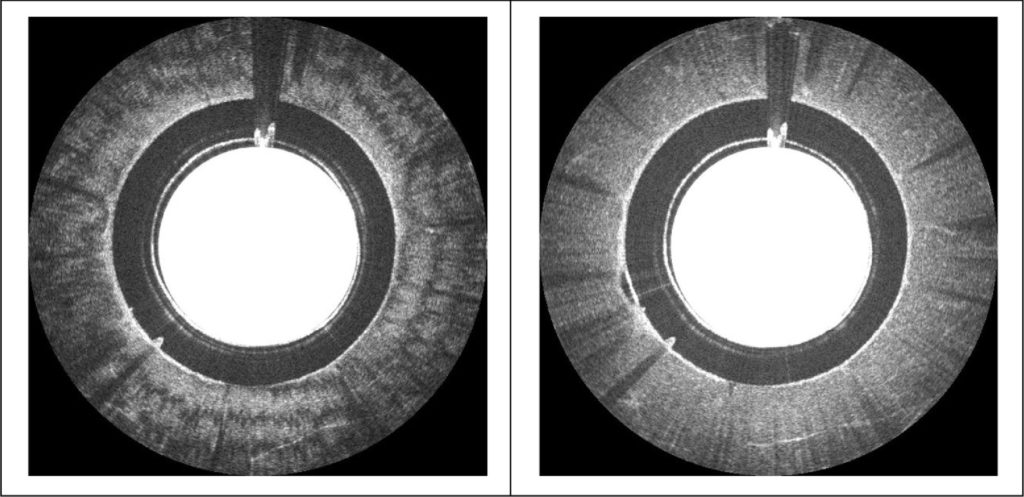BitFlow’s CXP frame grabber transfers image data at 500 frames per second– five times the standard speed
October 17th, 2025 – Within machine vision circles, CoaXPress (CXP) is recognized as the fastest, most reliable interface for transmission of video images from a camera to a host PC. Boasting data transfer speeds up to 12.5 Gigabits (Gbps) per second over a single coaxial cable–along with the necessary power, communication and control–CXP is unmatched in performance or simplicity. CXP’s high speeds and usage of standard coaxial cables has garnered interest outside of the industrial sector in applications as diverse as defense, broadcast, medical imaging and life sciences.
For instance, scientists at the Center for Physical Sciences and Technology (Vilnius, Lithuania) recently developed a new optical microscopy technique leveraging CXP that is a promising alternative to conventional OCT (Optical Coherence Tomography). Their new Dynamic Full-Field Optical Coherence Microscopy (d-FF-OCM) system achieves higher resolution, non-invasive imaging deep within body tissues, a capability that is critical to understanding basic biological processes and advancing clinical diagnoses. Along with a BitFlow CXP frame grabber, the d-FF-OCM system employs an extremely bright, incoherent laser-pumped white light source providing ample intensity to biological samples under inspection.
Light is delivered to the microscope by a multimode fiber and sent to an interferometer composed of a 50/50 beamsplitter and two 100x oil immersion objectives. Additional system components include a transitional stage with stepper motor, a reference mirror mounted on a piezo stack, an NI DAQ card and the microscope.
Data acquisition
Data transfer plays a pivotal role in system performance. Biological image data is captured by an Adimec 2-megapixel CMOS camera that is managed and transferred by a BitFlow Cyton-CXP4 PCIe CoaXPress frame grabber . When all four of the frame grabber’s links were connected to the camera by separate coax cables, the scientists found it possible to transfer data at 25 Gbps with virtually no latency. Driven by the BitFlow CXP frame grabber, the system acquires 1440 × 1440 resolution images at 500 frames-per-second (fps) with a field-of-view of 173 µm × 173 µm, instead of the typical 100 fps in similar scanning systems. This allows frequency analysis to be extended from the standard 30-50Hz to 250Hz.
Faster dynamic processes resulted in the generation of fluorescence-like contrasted d-FF-OCM images that better separated structures within the biological samples for analysis. Once sent to the PC, data was analyzed in a customized LabVIEW application in real time. Each pixel is colored according to its relative spectral content and stacked into layers to create an RGB image. Tests on ex vivo mouse tissue, including liver and small intestines, demonstrated deep tissue high-resolution imaging free from coherent artifacts. The superior results underscore the value of the CXP interface in achieving extremely fast transfer rates from camera to PC.
The scientists believe that the d-FF-OCM system is poised to play a growing role in advancing personalized medicine, enabling earlier and more precise diagnostics and facilitating a deeper understanding of disease mechanisms.

